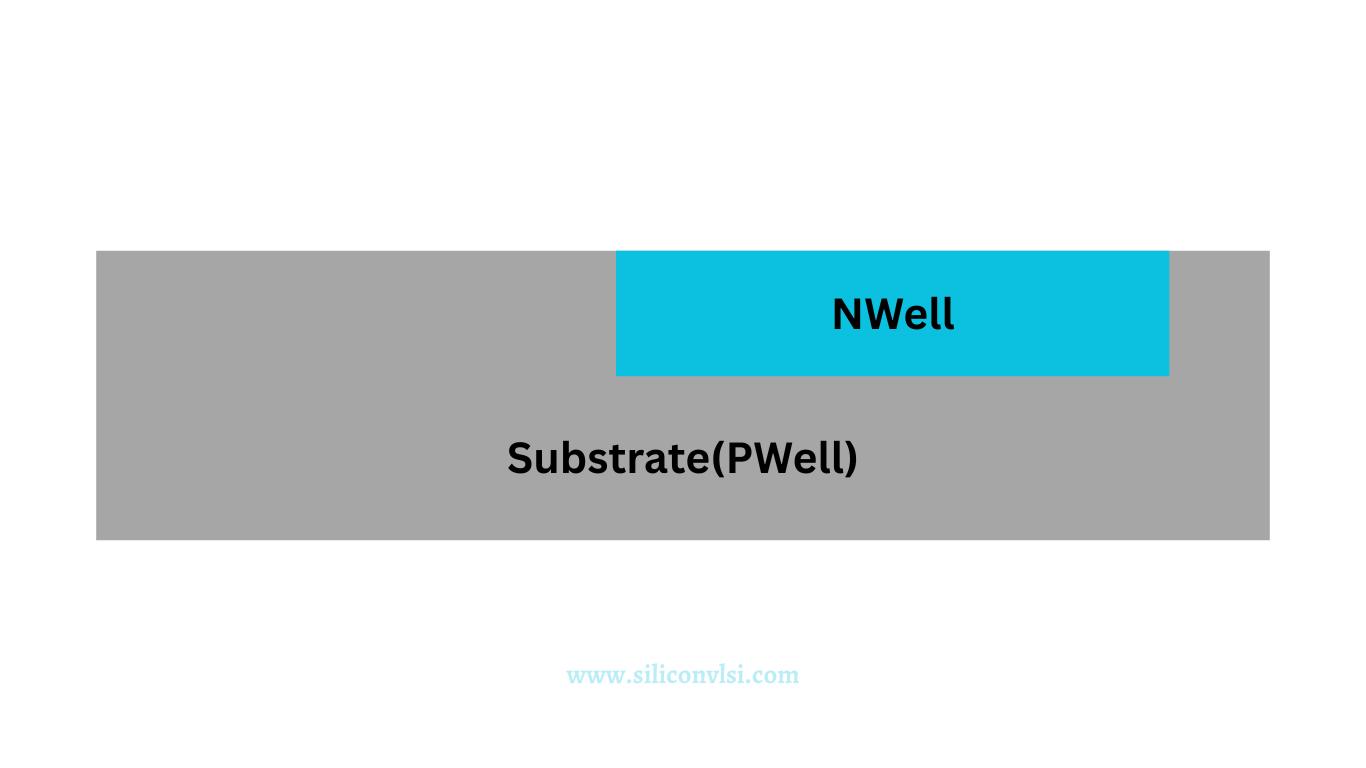
In CMOS (Complementary Metal-Oxide-Semiconductor) logic design, the substrate connection for NMOS (N-channel Metal-Oxide-Semiconductor) and PMOS (P-channel Metal-Oxide-Semiconductor) transistors serves specific purposes. The substrate in NMOS transistors is connected to the ground (0V) because these transistors become active when the voltage between the gate and substrate is positive. By grounding the substrate, the NMOS transistor can operate effectively when the gate voltage exceeds the threshold voltage.
Conversely, in PMOS transistors, the substrate is connected to VDD (the positive power supply voltage). PMOS transistors are active when the voltage between the gate and substrate is negative. By connecting the substrate to VDD, the PMOS transistor can function properly when the gate voltage is lower than the threshold voltage.
The substrate connection establishes the appropriate voltage reference for each transistor type, enabling them to perform their intended functions within a CMOS circuit. By employing different substrate connections for NMOS and PMOS transistors, the CMOS logic design ensures correct operation and facilitates the complementary behavior required for effective CMOS circuitry.
Why Do All NMOS Transistors Share a Common Substrate?
You use a common substrate for all NMOS transistors because the substrate can only be biased to one voltage. Even though this causes a body effect that slows down the transistors and makes them deviate from the ideal MOS current equation, there’s no practical alternative.